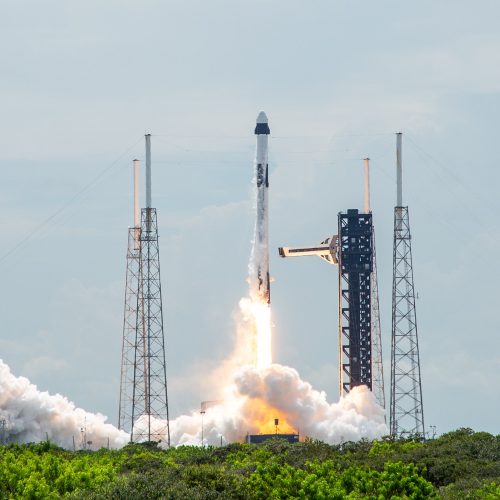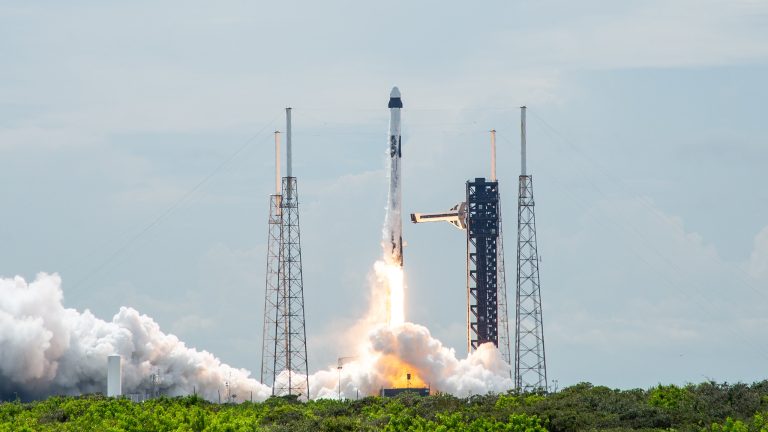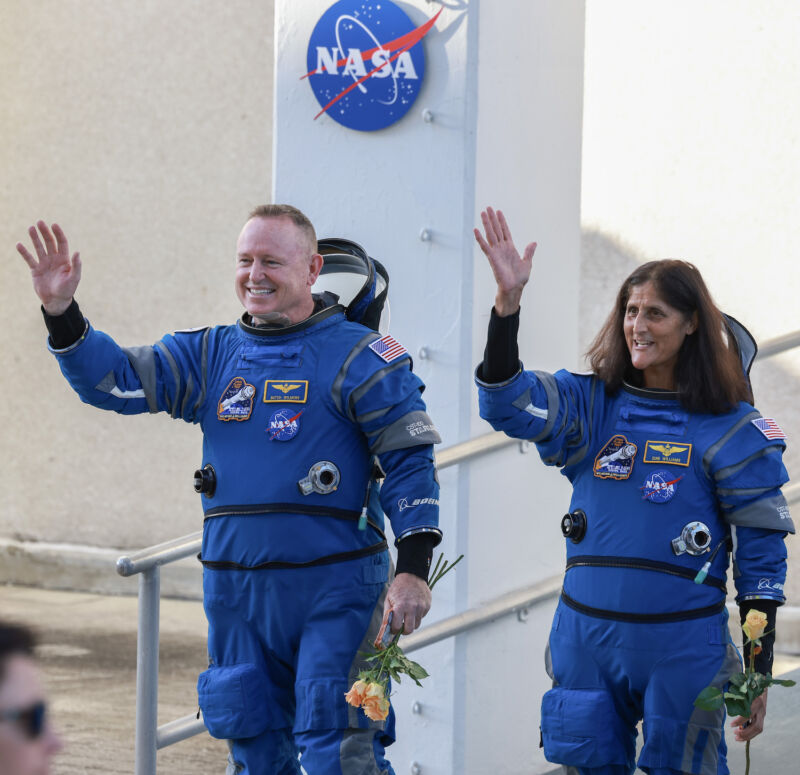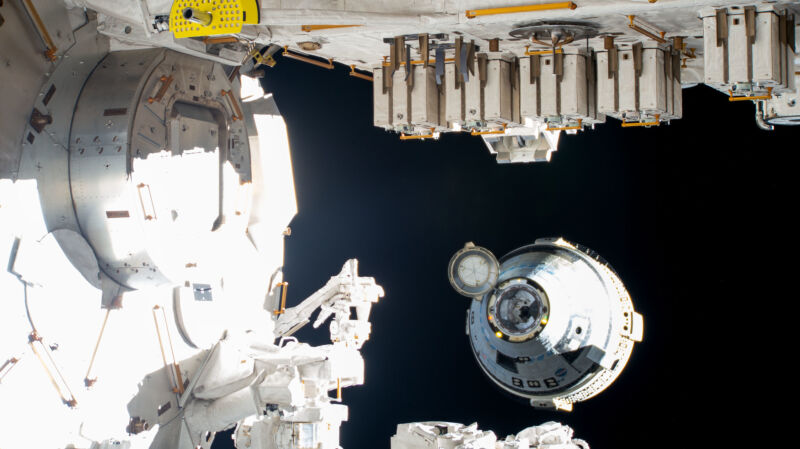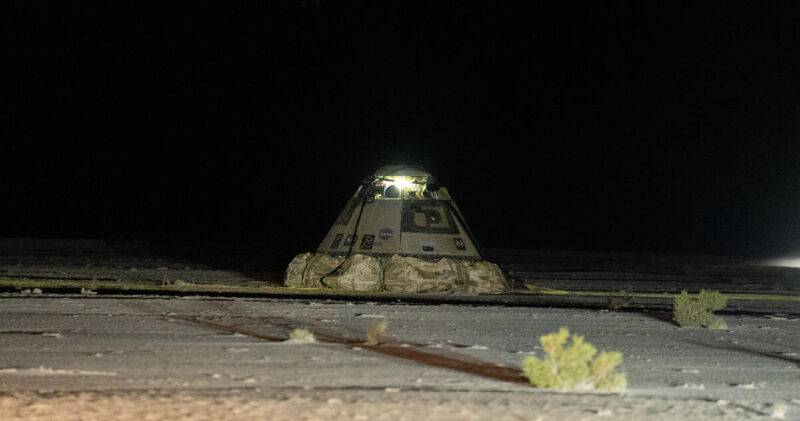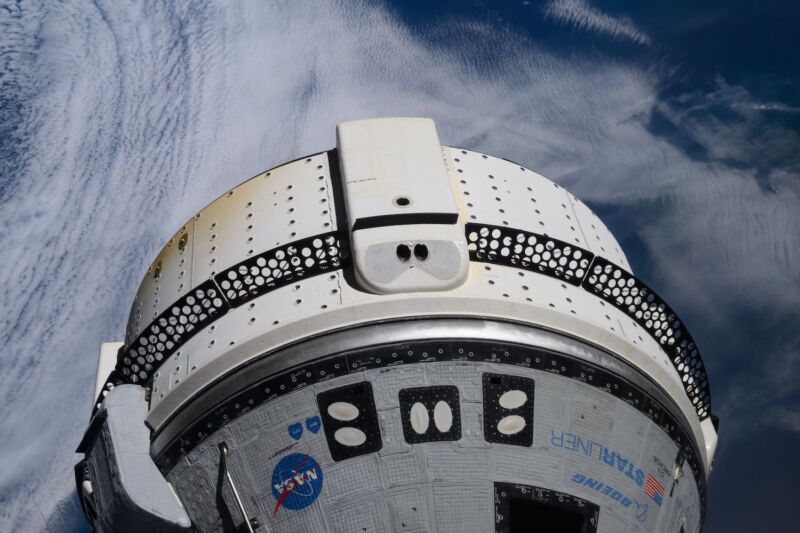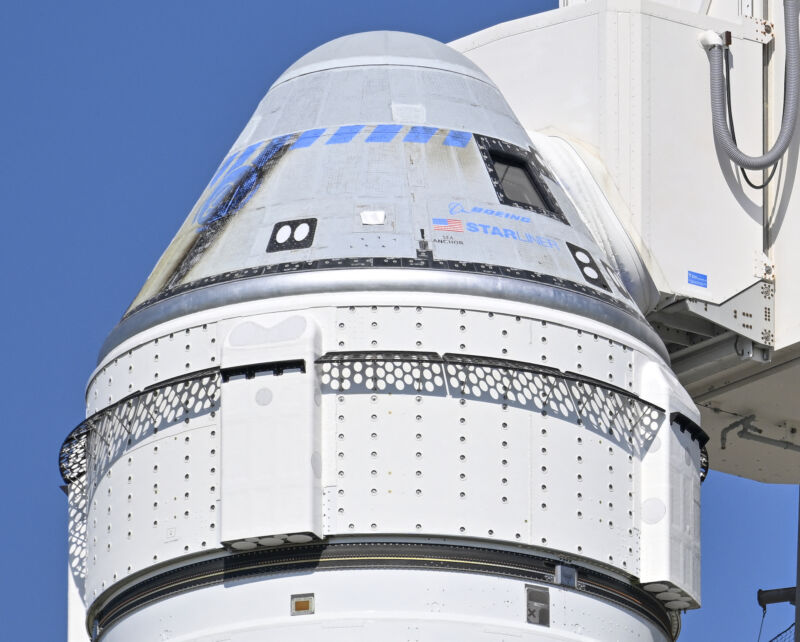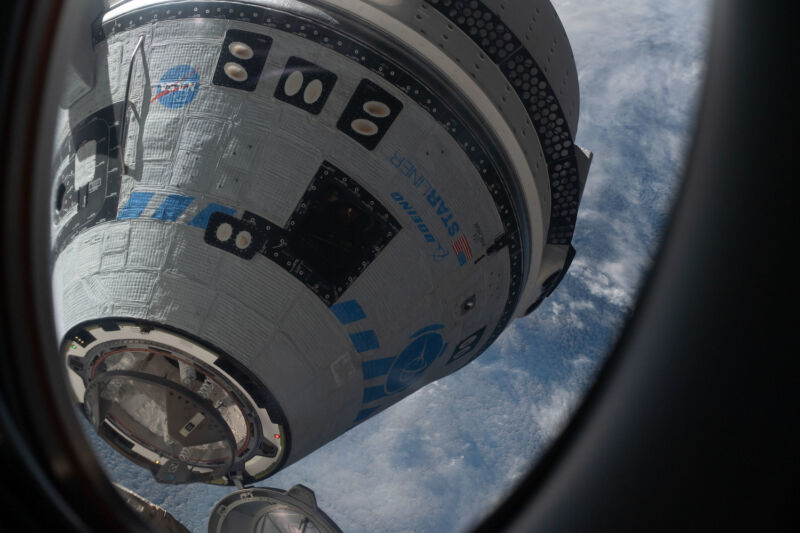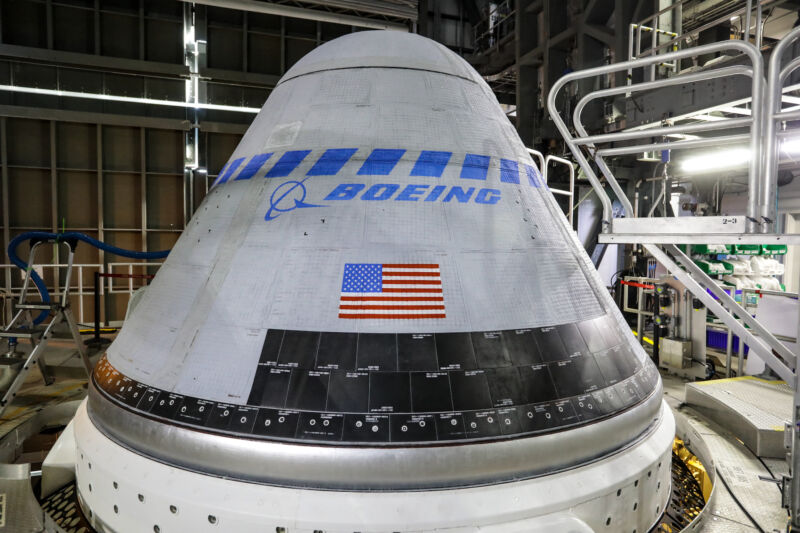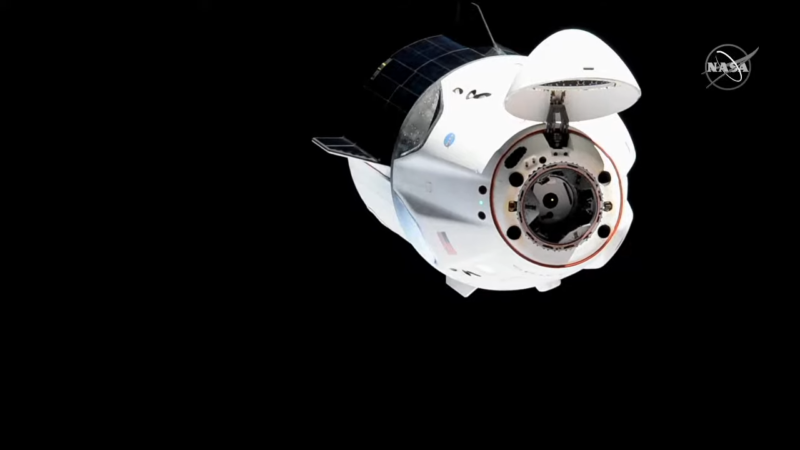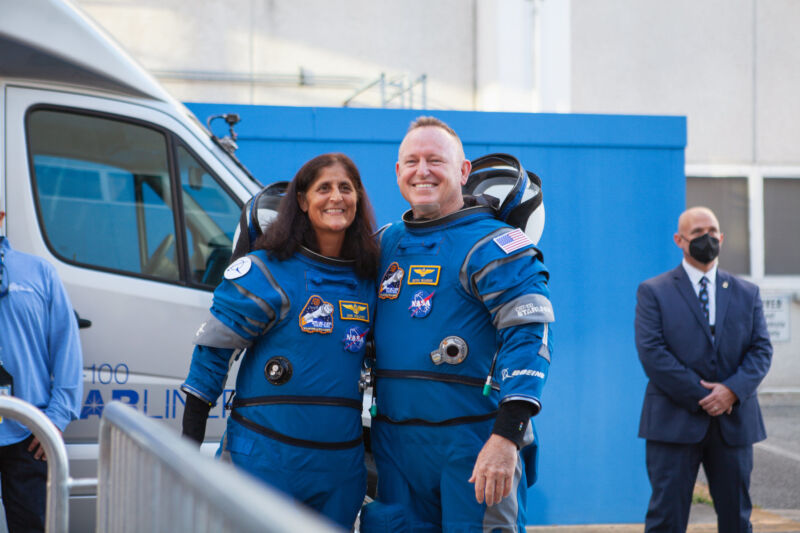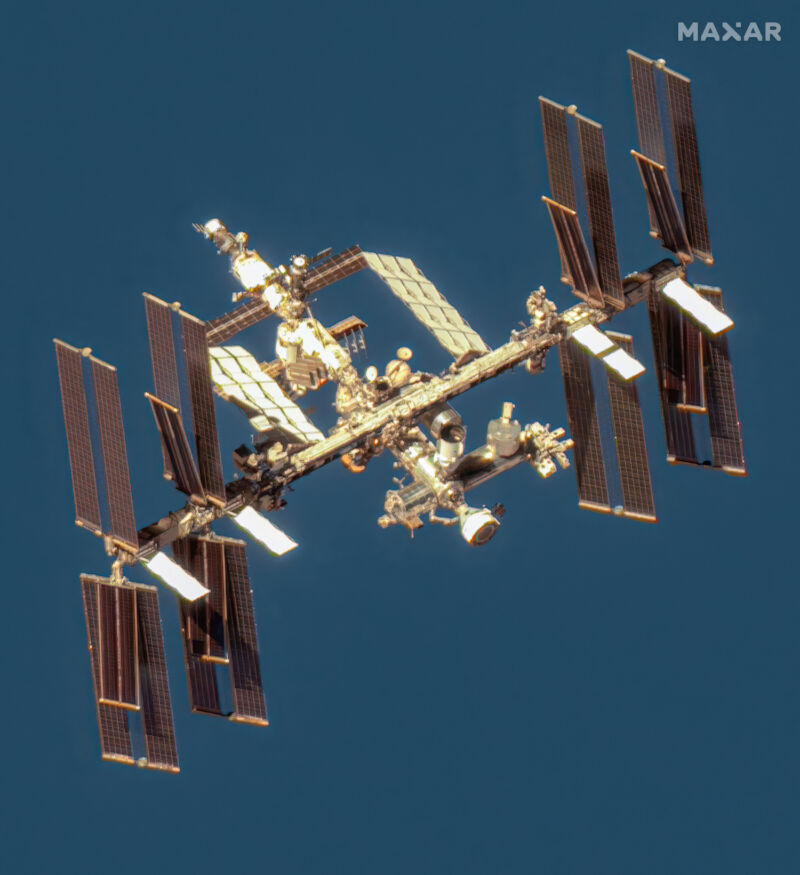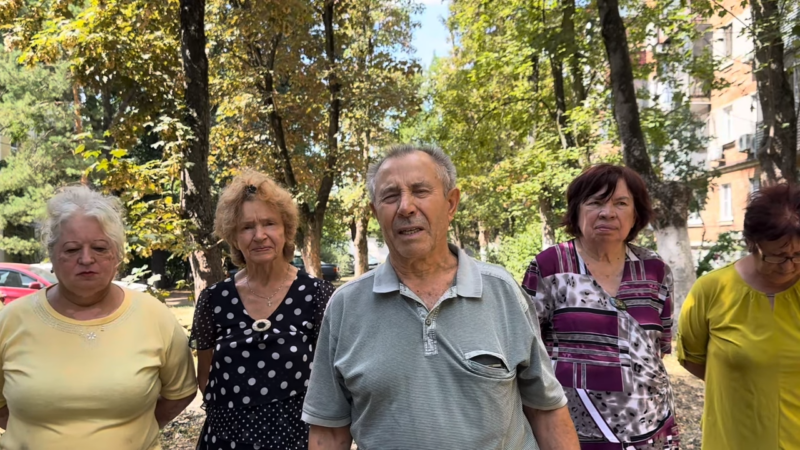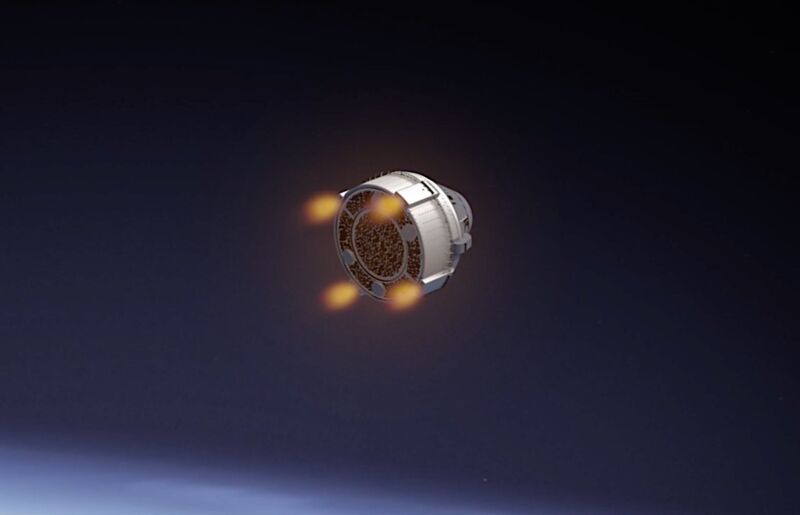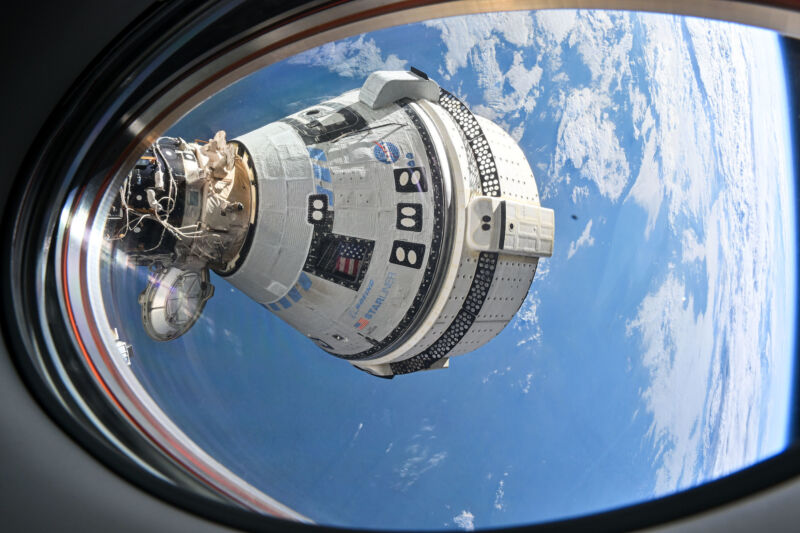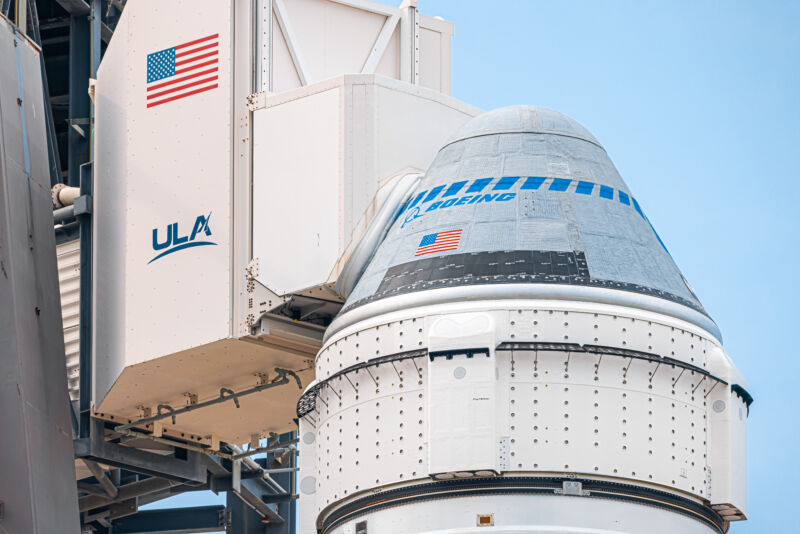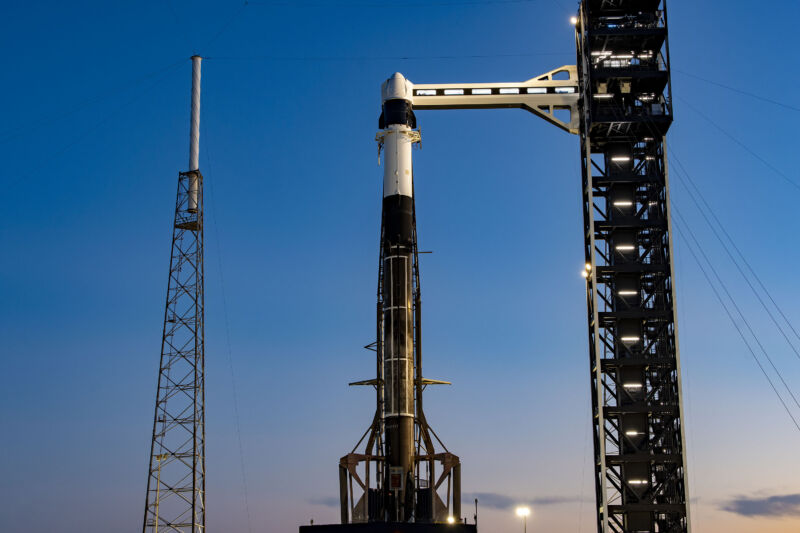What is happening with Boeing’s Starliner spacecraft?
Boeing's Starliner spacecraft safely landed empty in the New Mexico desert about eight weeks ago, marking a hollow end to the company's historic first human spaceflight. The vehicle's passengers during its upward flight to the International Space Station earlier this summer, Butch Wilmore and Suni Williams, remain in space, awaiting a ride home on SpaceX's Crew Dragon.
Boeing has been steadfastly silent about the fate of Starliner since then. Two senior officials, including Boeing's leader of human spaceflight, John Shannon, were originally due to attend a post-landing news conference at Johnson Space Center in Houston. However, just minutes before the news conference was to begin, two seats were removed—the Boeing officials were no-shows.
In lieu of speaking publicly, Boeing issued a terse statement early on the morning of September 8, attributing it to Mark Nappi, vice president and program manager of Boeing's commercial crew program. "We will review the data and determine the next steps for the program," Nappi said, in part.
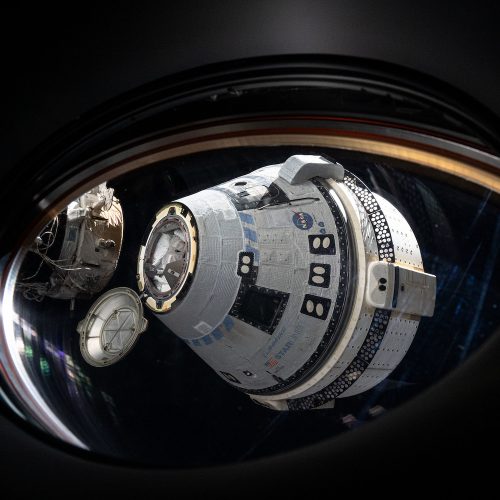
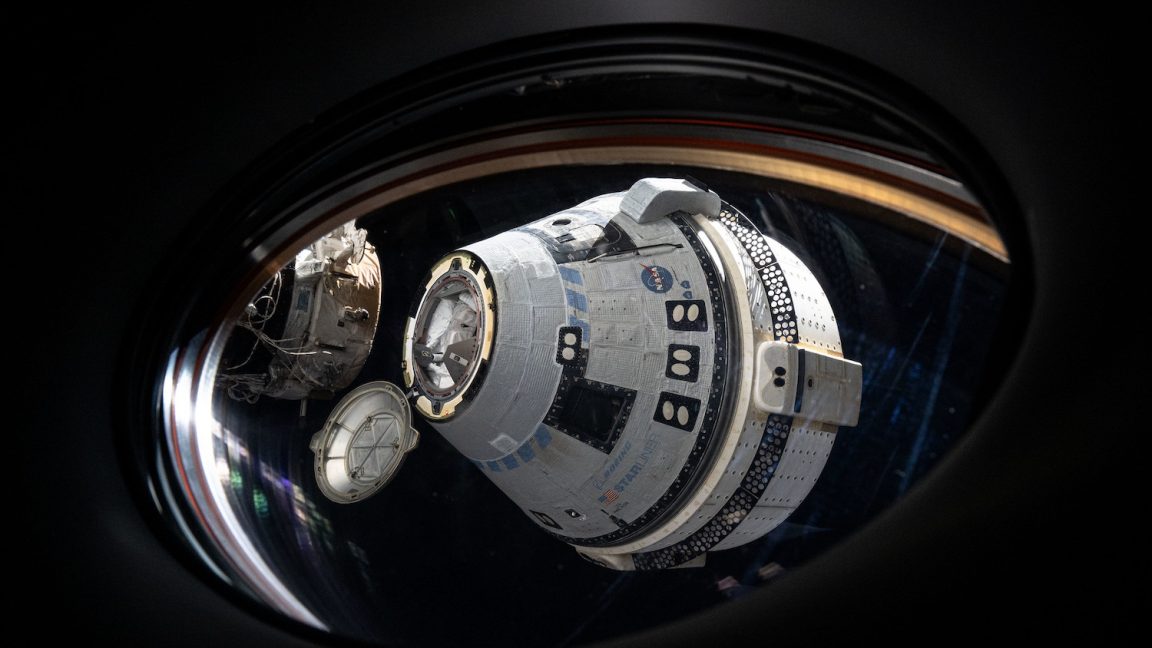
© NASA
